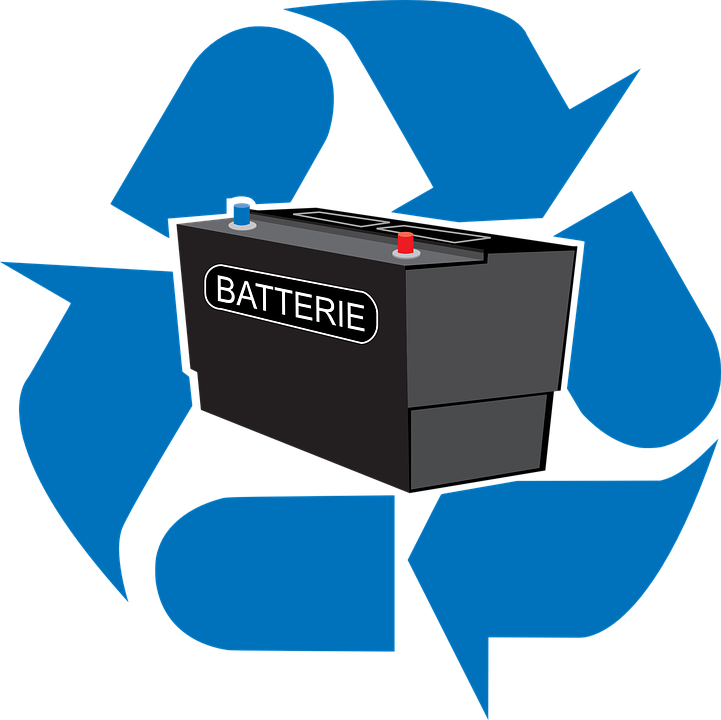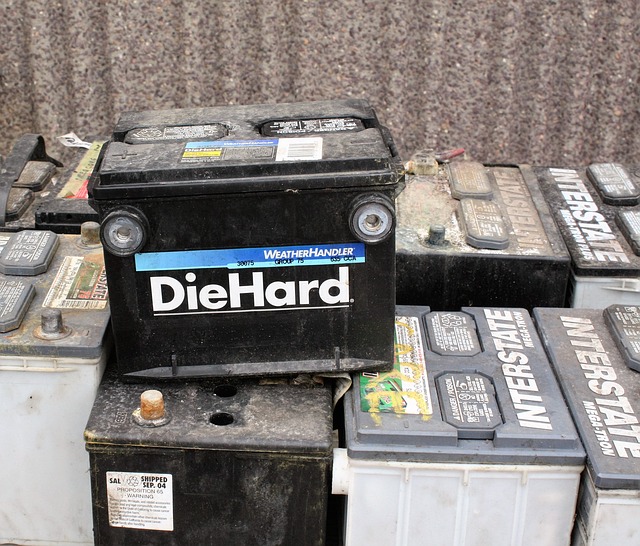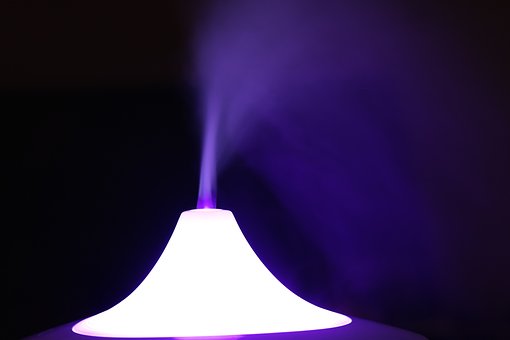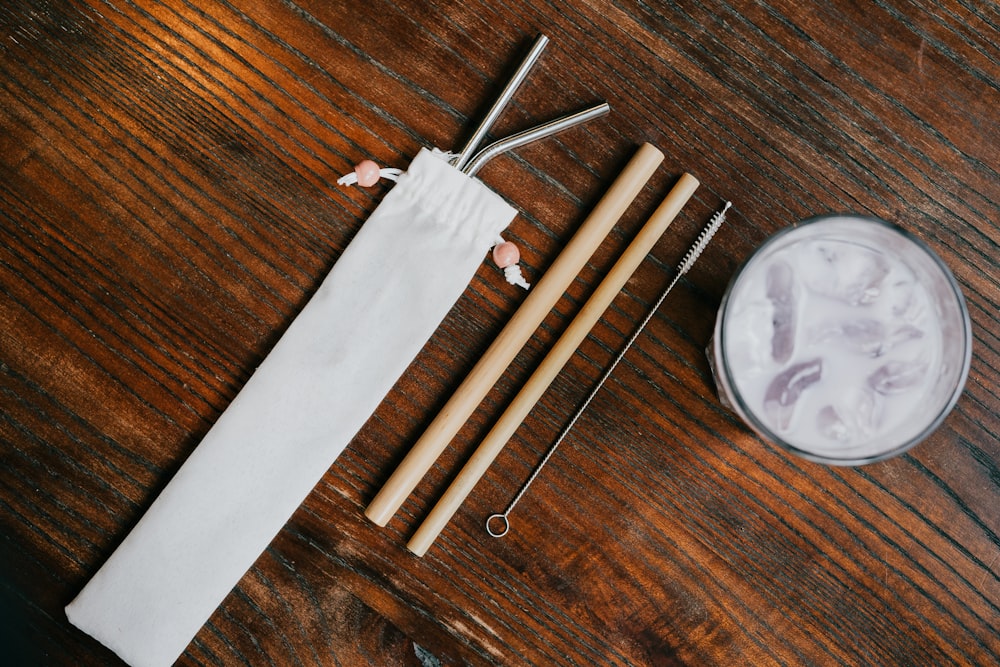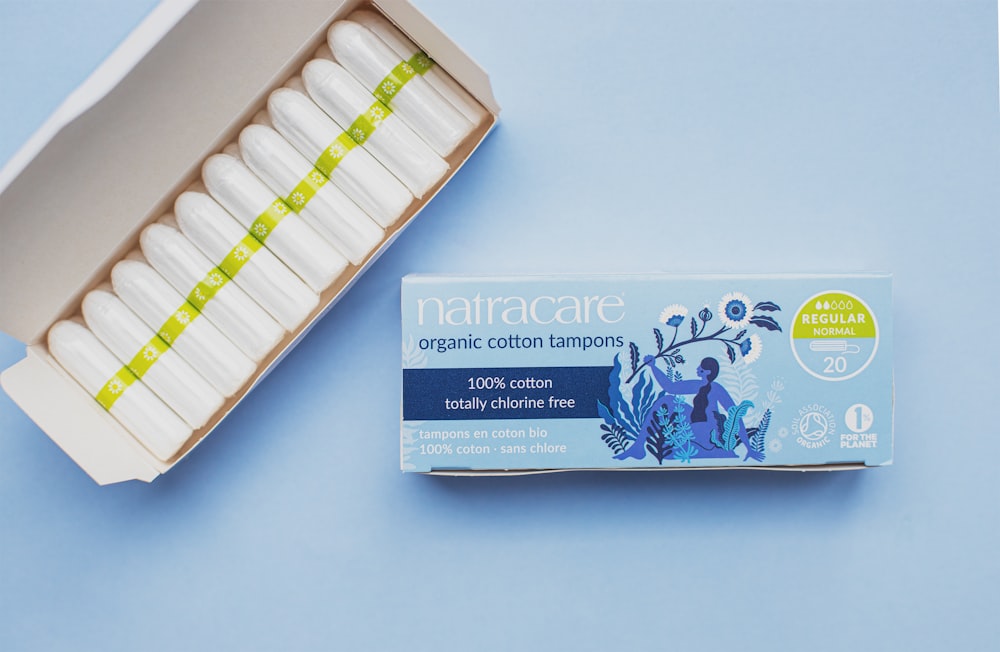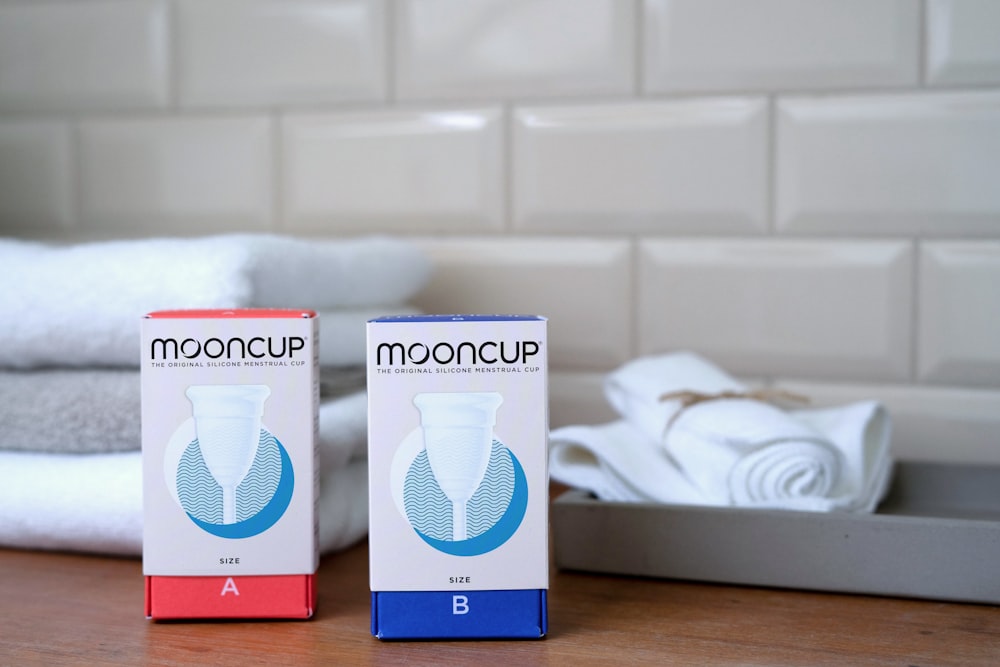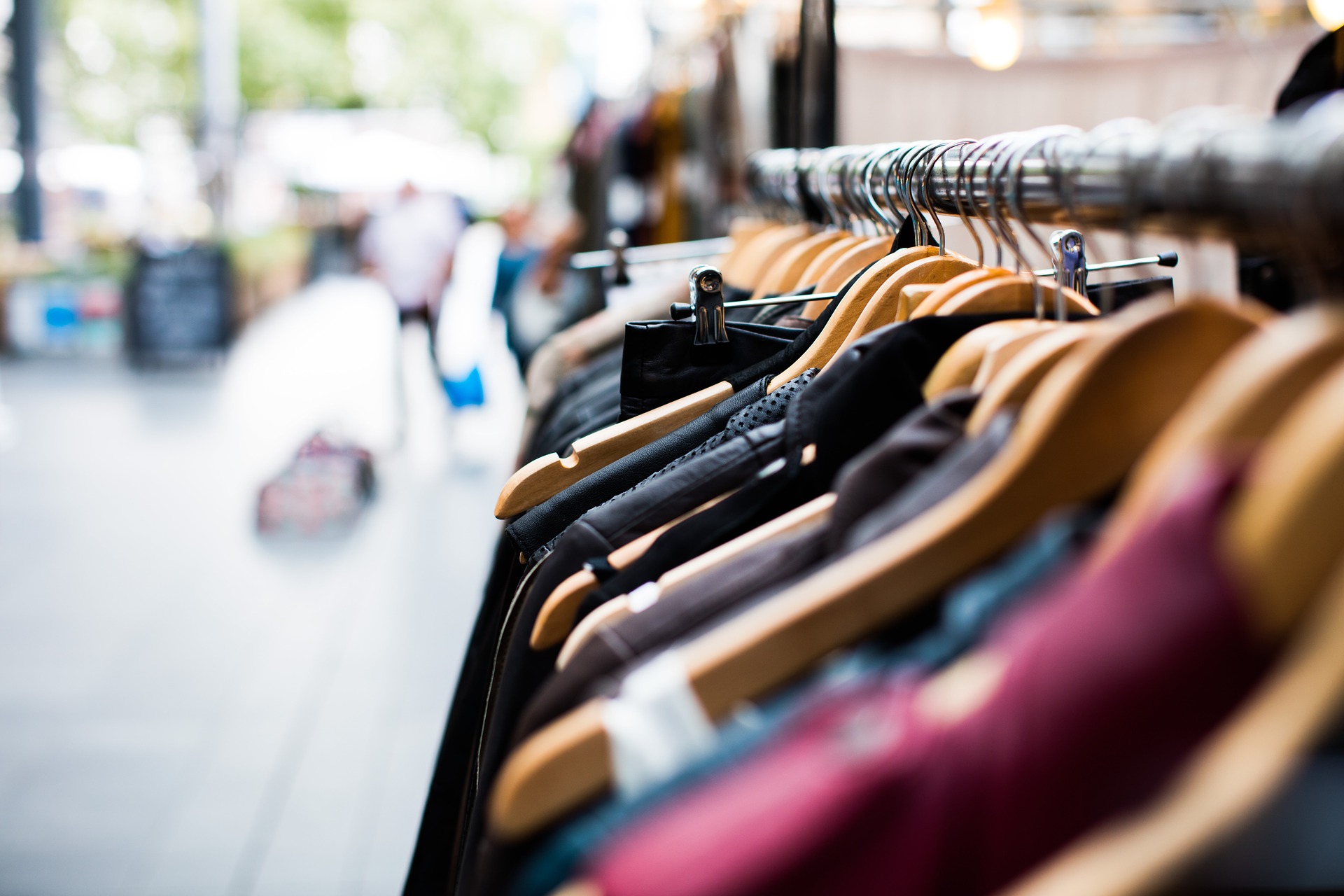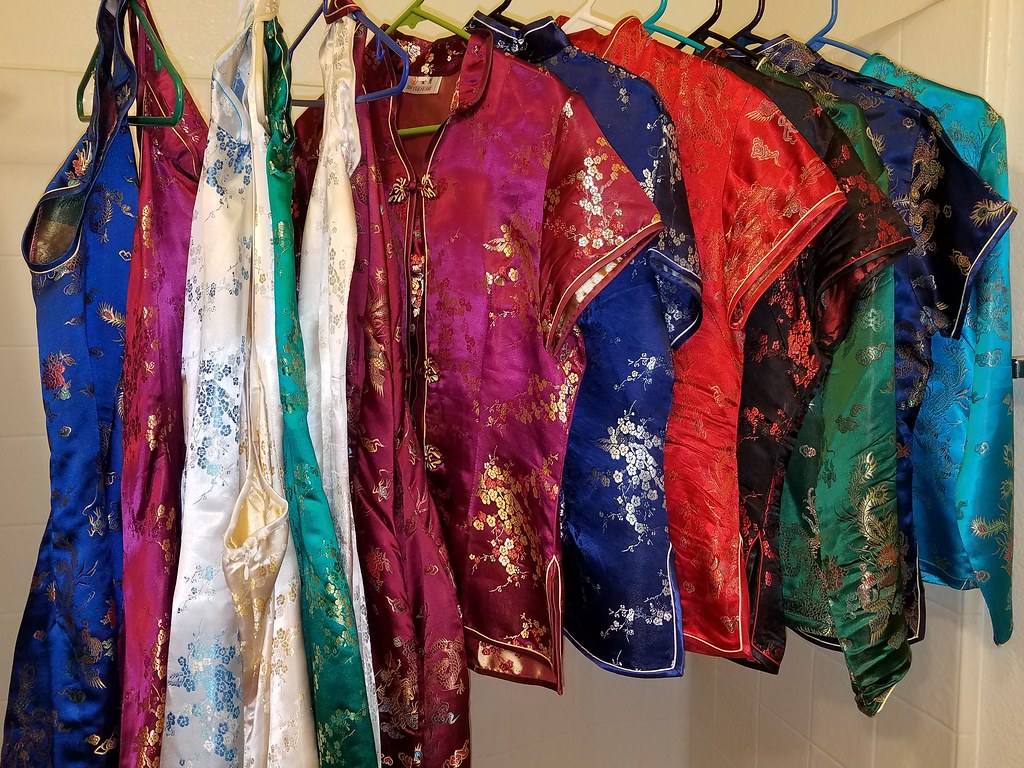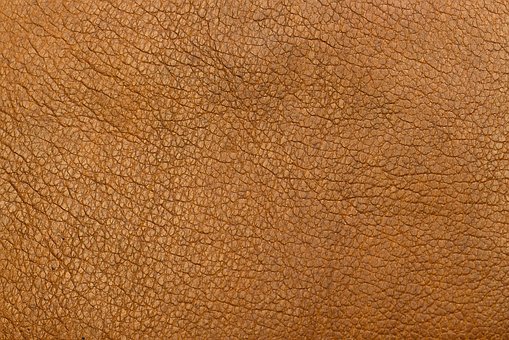Summary
Step 1: Choosing: cut or clumped Christmas tree?
Step 2: Buying: the right things to do right from the start to preserve it
Step 3: Installing: thinking about the location
Step 4: Recycle with an ecological conscience
Traditionally, the tree is installed on Christmas Eve and kept until Epiphany. How can you keep it, despite the falling needles?
1. Choosing: cut or root ball Christmas tree?

You can buy a cut tree (in a pot or on a log) or a root ball (in a pot or a bucket). If you choose a root ball, you can replant the tree after the holidays and enjoy it for a long time. On the other hand, cut trees do not last more than one month for some and up to two months for others:
You can keep cut spruce for 3 weeks.
A cut Nordmann can be kept for up to 8 weeks.
2. Buying: the right things to do from the start for conservation

From the start:
Delay the purchase as much as possible if you want the tree to look good during the holidays. Christmas is a time when it is generally warm in our homes, which dries out the tree.
Whatever tree you buy, so that it doesn’t suffer a thermal shock between the store and your home, leave it for a few days in your garage or on your balcony, for example. It will also have time to unfold and will not dry out too quickly.
3. Install: think about the location

First, never place your tree near a heat source (radiator, fireplace, etc.) or a bay window where the sun can shine. This will dry out the tree, which will quickly lose its needles.
Cut fir tree: keep the humidity
The foot of the tree should be bevelled to encourage water absorption through the trunk.
You can also make a vertical hole in the base of the trunk or split it vertically to slide a wet cotton ball (which will conduct the water).
Finally, you can place the tree in a bucket filled with hot water before putting it on its log: the wood will soften, and the water will be more efficiently conducted into the top of the trunk.
Potted fir
It would be best to water the potted tree as soon as the soil is dry. If you buy a tree in a clump or cut, you can also put it in a bucket of sand that you will regularly wet to keep it better.
Maintain the needles
You can spray water on the branches of your tree 2 to 3 times a week unless you have fragile or electric decorations.
Avoid artificial snow which dries out the tree.
Good to know: some people use flour to replace it.
4. Recycle with an ecological conscience

The tree is entirely biodegradable; if you want to do something ecological, you can recycle it.
Some cities organize collections: depositing your tree in specific places is up to you.
Only unflocked trees without decoration and artificial snow are accepted. Please do not put them in a bag and don’t hesitate to contact your town hall for more information.
The trees will then be transformed into shredded material to be used either as mulch spread on garden beds or as an element for making compost.
Some stores also offer the return of the purchased tree. The conditions are the same (no snow, no decoration, no bag…). They will generally use them to make compost.
Finally, the solution of the waste disposal center is another alternative.
But you can also cut your tree into sections for firewood or make a potpourri with its pine needles. Moreover, you can buy a tree with roots to replant it as soon as the holidays are over or use a chipper to obtain mulch to spread on your property.




